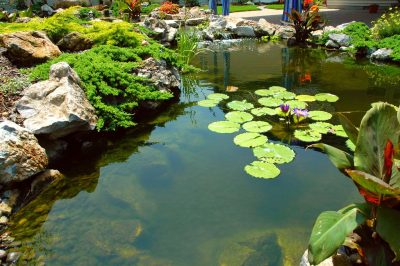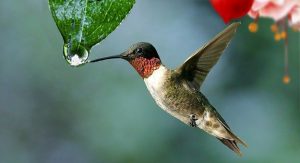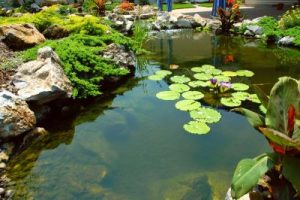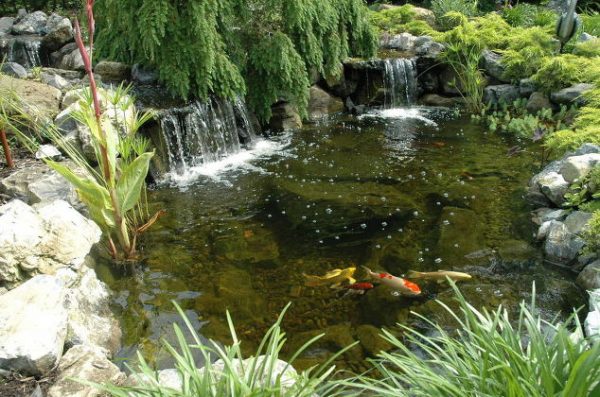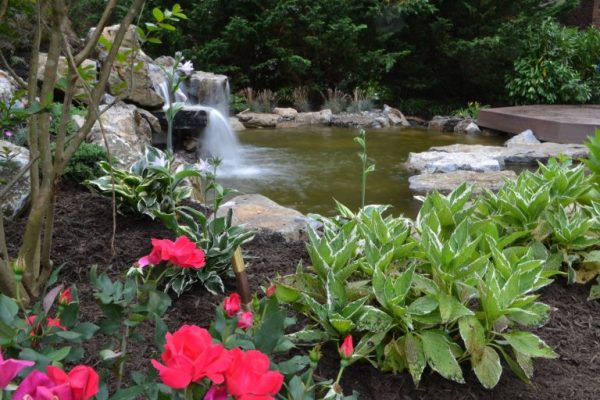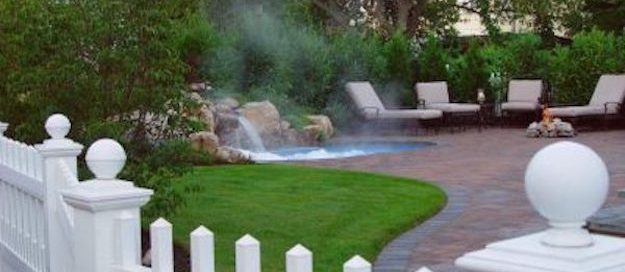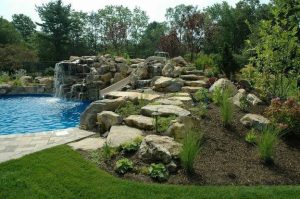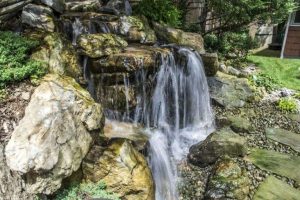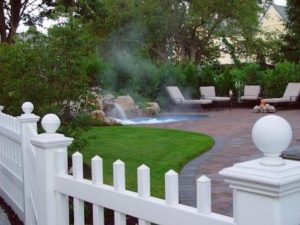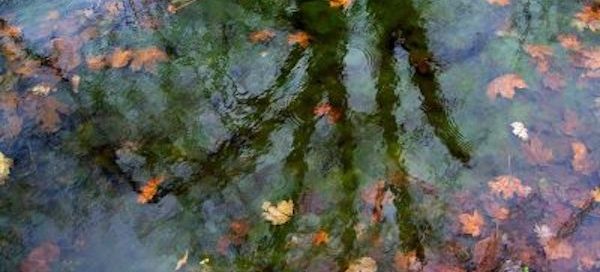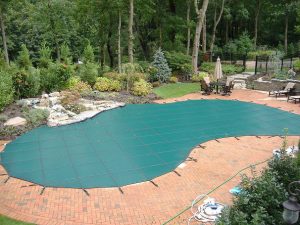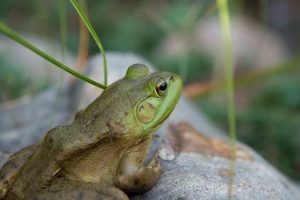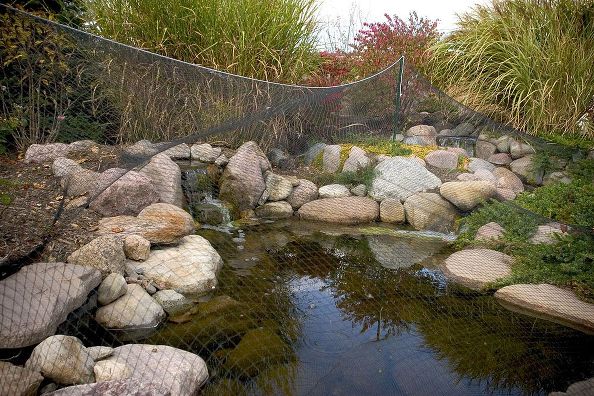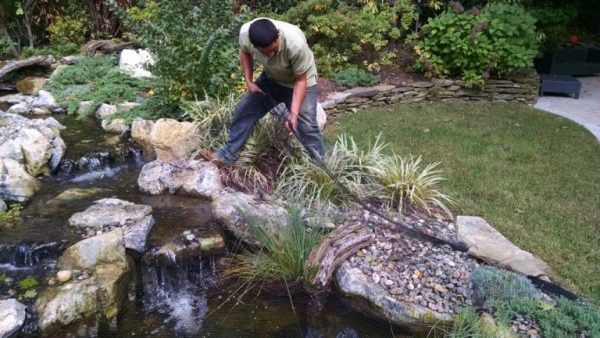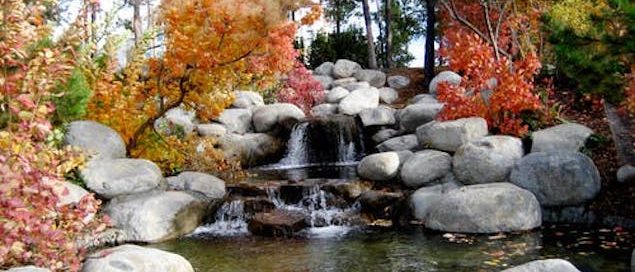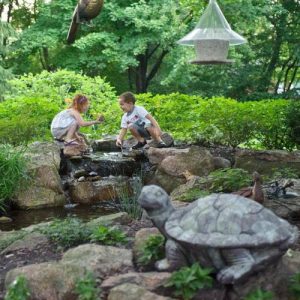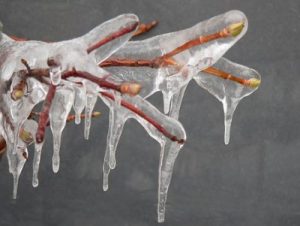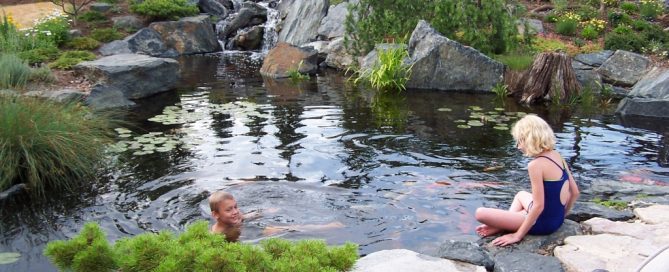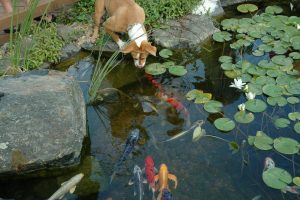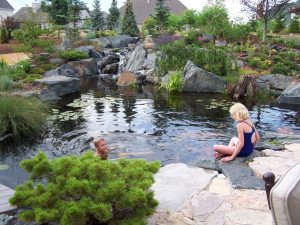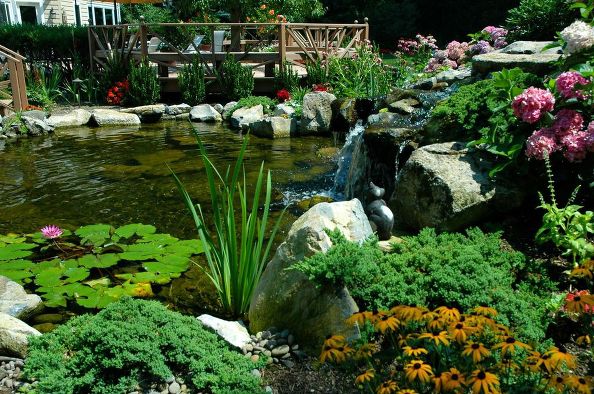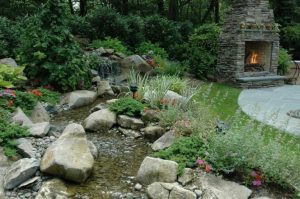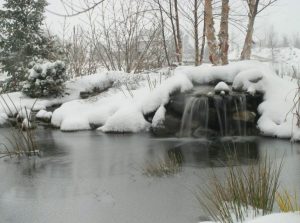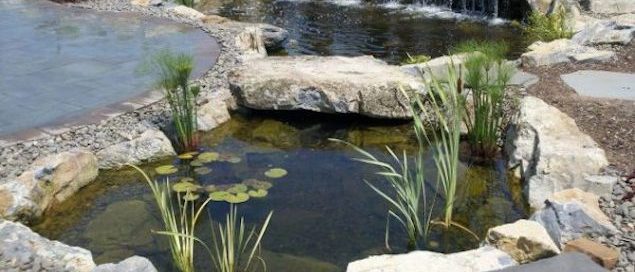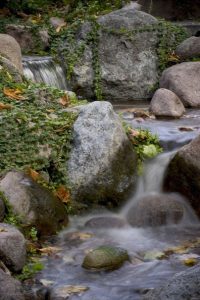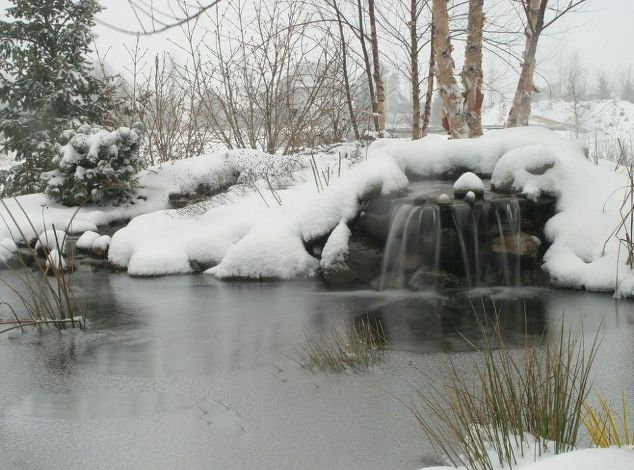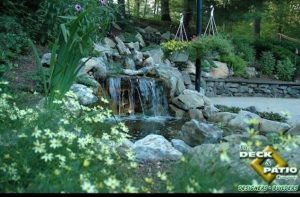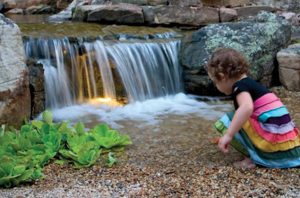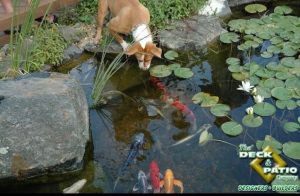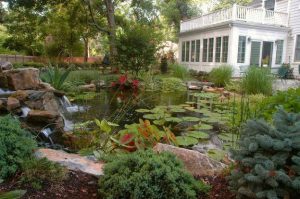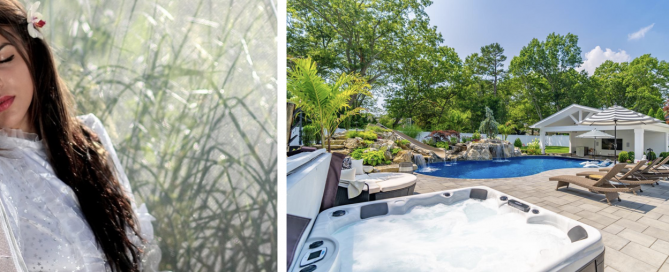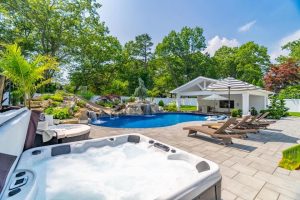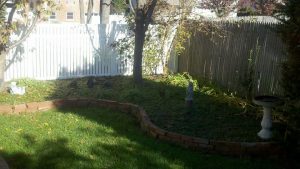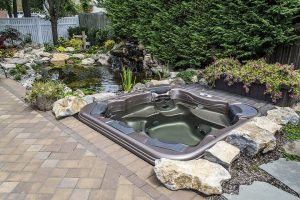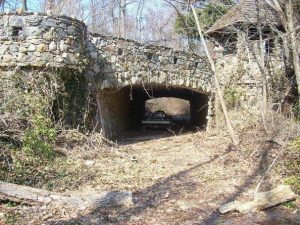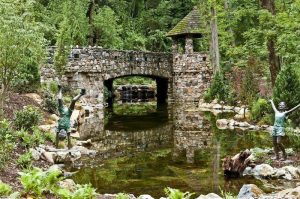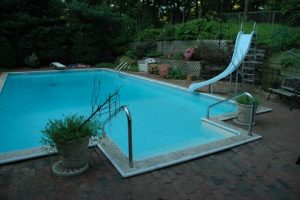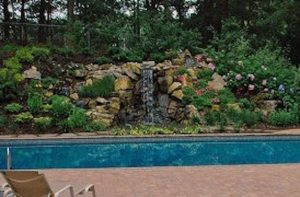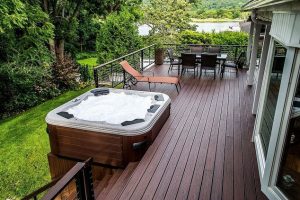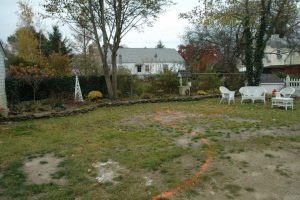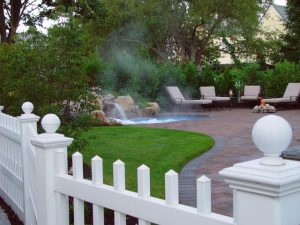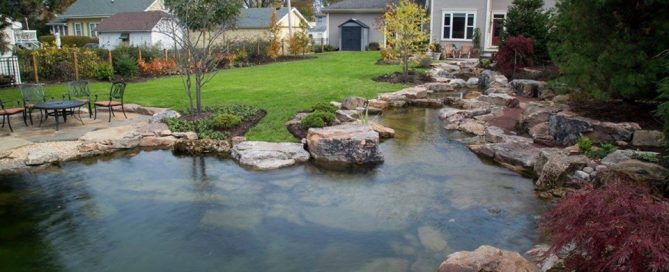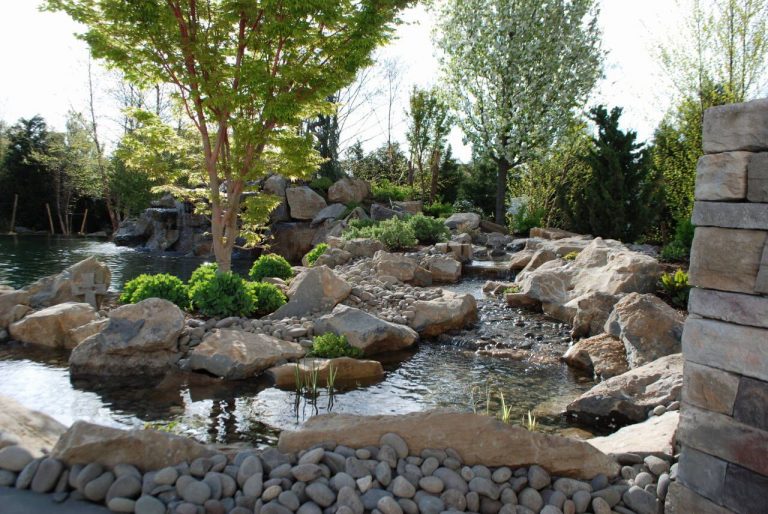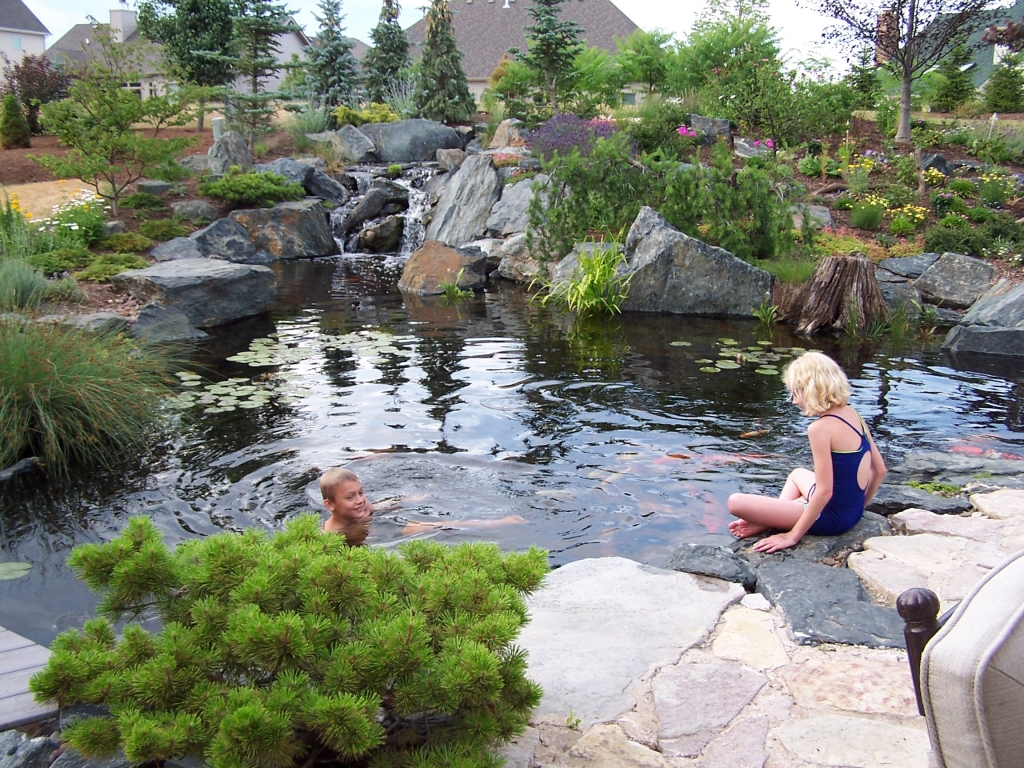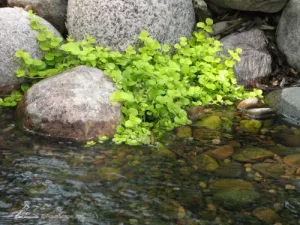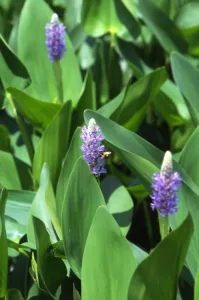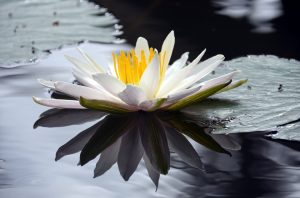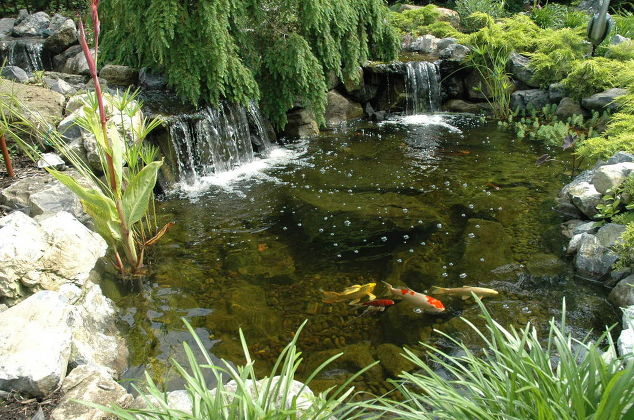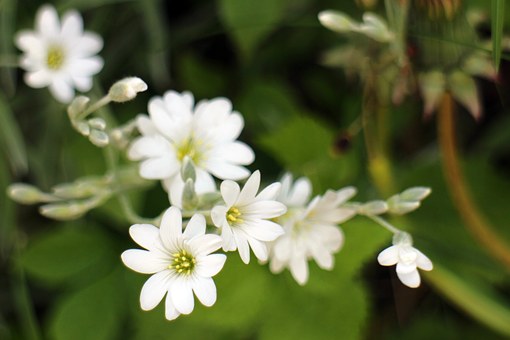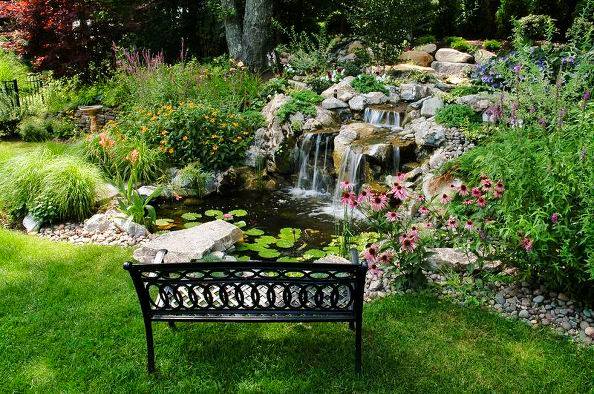There’s More to Aquatic Plants Than Meets the Eye
It is true that water gardens — and the plants installed in and around them — are delightful to look at.
And they attract equally delightful creatures: chirping birds, flapping butterflies, and croaking frogs.
But there’s more to it all than what meets the eye. “For an ideal water garden eco-system, the key is maintaining clean, healthy water.
“Pond filtration systems do a lot, as do waterfalls etc. which aerate and oxygenate the water. But at the end of the day, a huge part of creating a healthy system is the water landscaping you do,” says our own Dave Stockwell.
Aquatic floaters and marginals, says Dave, are perfect for gobbling up the excess nutrients that are produced by any pond fish and excessive plant algae growth. They also help by reducing sunlight in the pond, which helps control the growth of algae.
Plants such as water lilies and irises feed on the nutrients (algae or small primitive unwanted plant life) in the pond water, and produce oxygen while they provide shade and food for the small creatures attracted to the water garden.
Submerged plants (e.g., anacharis, parrot’s feather or hornwort) will also release oxygen.
Aquatic Plants
The gurus of all things pond/water garden — Aquascape Inc., in St. Charles, IL — list the basic groups of aquatic plants as:
-
Water Lilies
-
Lotus
-
Marginal Plants
-
Water Lily-like Plants
-
Floating Plants Submerged Plants.
“An ideal pond mixes plant heights, textures and color from at least three of these groups,” says Dave. “This gives the most natural look. We also don’t install plants in a symmetrical way. A more random placement looks the most natural.”
“Remember, that while nutrients sound like a good thing, too many in your water garden, and your pond water changes dramatically,” says Dave.
“However, despite the fact that aquatic plants eat up unwanted nutrients, too many plants or plant material will also contribute to an over abundance of nutrients. When plants die in the fall, they fall back in the pond, adding to the problem. We recommend cutting them back before this happens in order to have healthy water.”
But don’t fret if your pond water has a slight tint to it. Crystal clear water has no nutrients. You want some algae, diatoms, protozoans, etc. because they offer a diverse food source for pond fish, frogs, and plants. It’s all about choosing the right plants and keeping them all in balance.
The tall aquatic plant on the left of this Deck and Patio pond (a canna lily) thrives in water conditions that are 70-80 degrees F, with a pH of 6.5-7.5.
They’re also easy to care for, love natural light and are ideally suited near the edges of a pond. The weeping hemlock at the top right in the photo flourishes in moist soil and offers a bit of shade which helps balance the water temperature.
This photo was taken just after we built the pond. Lily pads, and other in-pond aquatic plants, had yet to be added. But we had installed some attractive peripheral landscaping using plants that like moist, but well-draining soil.
These do well around a pond but not in one. The red/pink flowers in the foreground are roses. To the right of them are variegated hydrangea and to the left are variegated hosta. All of these plants attract birds and butterflies.
In addition to the canna lily, this pond boasts water lilies — both tropical and hardy ones. The pinkish coneflowers on the right of this Deck and Patio pond are not aquatic and are not in the water but are perfect edging plants as they attract desirable wildlife — one of the reasons we love our ponds.
Pink petunias add a bright statement away from where the waterfalls spill and seep into the ground. Close to the waterfall area we added grassy plants like Liriope that thrive in moist soil.

